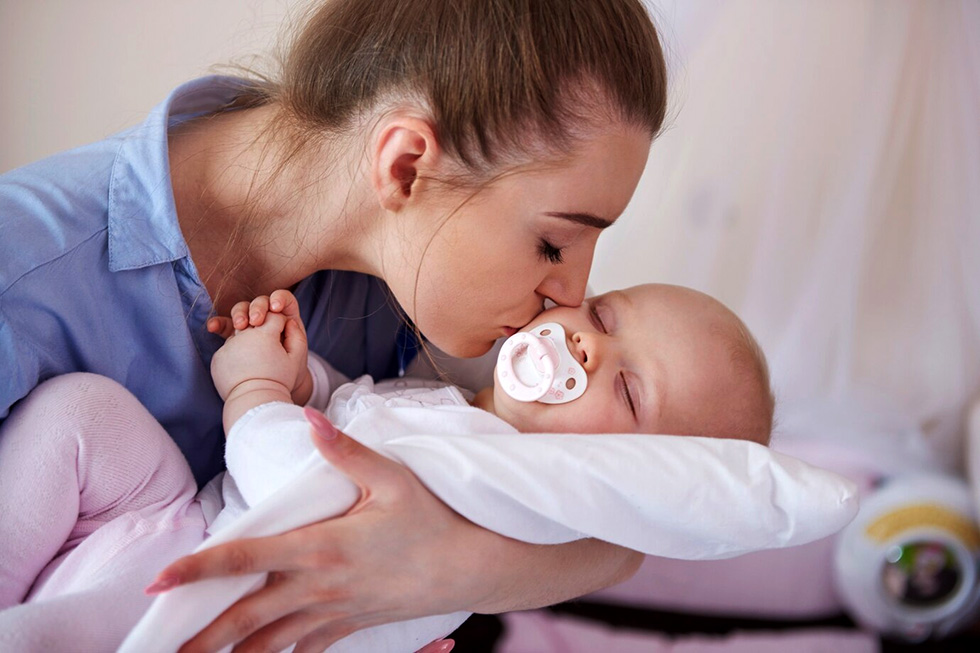
Introduction: The Challenge of Malta’s Low Birth Rates 🌍
In the backdrop of demographic shifts, Malta’s birth rate issue has become a focal point for both society and policymakers in recent years. The concern stems from the fact that, according to recent data from Eurostat, in 2022, Malta ranked the lowest in the EU with a total fertility rate of 1.08 births per woman.
Contrasting Birth Rates Across the EU 📊
In stark contrast, France topped the EU with a total fertility rate of 1.79 births per woman, followed by Romania (1.71), Bulgaria (1.65), and the Czech Republic (1.64). Meanwhile, Spain (1.16) and Italy (1.24) closely trailed Malta on the low birth rate list.
EU Birth Rate Trends 📈
Further analysis of birth rate trends in the EU reveals a consistent decline from 46.8 million newborns in 2008 to 38.8 million in 2022, indicating a decrease in birth rates across the entire EU.
Rise in Births Among Foreign Mothers 👩👧👦
Another notable phenomenon is the significant increase in the number of babies born to foreign mothers in Malta, rising from 11% in 2013 to 33% in 2022.
EU Birth Rate Convergence 🔄
Over the past fifty years, there has been a convergence in total fertility rates among EU member states. In 1970, the fertility rate gap between Ireland and Finland was approximately 2 babies.
Conclusion: Embracing Immigration Amidst Low Birth Rates 🤝
Faced with persistently low birth rates, Malta must consider embracing the trend of immigration when contemplating population policies and social structural adjustments.



